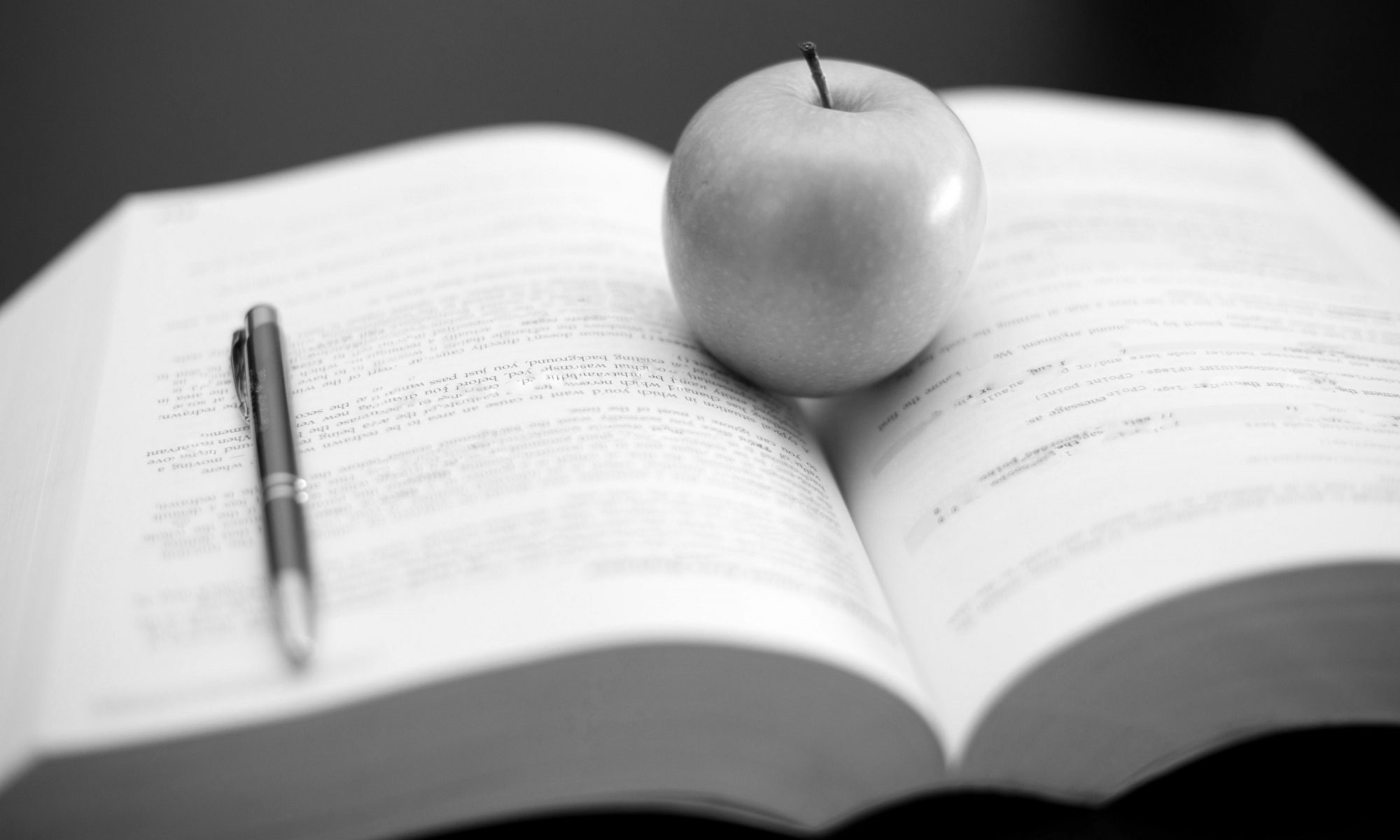So it is Asian Pacific American Heritage Month (APAHM). Increasingly, APAHM and annual events such as the Lunar New Year provoke odd feelings for me. As an Asian-American living in rural Pennsylvania and working in higher education, it can be awkward at times. In Berks County, where I live, the Asian (one race) population is 1.6%. On my campus less than 1% of students identify as Asian. A few years ago, I was asked at a conference if it was difficult being a faculty of color in rural Pennsylvania. I cannot say it has been horrible, but it is certainly awkward.
Being Asian-American in higher education is complicated. Asians/Asian-Americans are considered “over-represented” in higher education relative to the general population. Even at my institution, 9.1% of faculty are Asian / Pacific Islander, while the Asian population in Pennsylvania is 3.6%. Yet, Asian-Americans are often forgotten as a minority group on and off campus.
Indeed, there is a rationale for the exclusion of Asian-Americans from the category of under-represented minority group(s). In 2015, there were 55,006 doctoral recipients in the United States. About 1/3 of degree recipients are temporary visa holders. Among the top countries origin for visa holders, China, India, South Korea, and Taiwan rank in the top 5 countries. Among U.S. citizens and permanent residents who received doctoral degrees, 8.7% were Asian-American – compared to 5.6% of the U.S. population. Of course, not all recipients of doctoral degrees work in universities. According to TIAA institute’s look at faculty diversity, 6.4% of all faculty are Asian-American and 2.1% of all faculty are immigrants (born and educated abroad). These two groups are also disproportionately at research institutions and not regional teaching-oriented ones such as my own.
However, this – and other – data tends to fuel the “Model Minority” myth and ignore the real experiences that people have. There are significant cultural and economic differences between different groups of Asian-Americans. The category of Asian includes people with heritage from about 4 dozen countries and many different ethnic groups. As such, the generalization of Asian-Americans as a single category is problematic. Moreover, income data that illustrates Asian-American success ignores the fact that Asian-Americans have the highest poverty rate in New York City, and there are high rates of poverty for many Southeast Asian groups. Asian-Americans are also faced with hate crimes and glass ceilings.
Just as the Asian-American category is problematic, Asian-American over-representation in higher education is not straightforward. It also does not mean an absence of racism, xenophobia, micro-aggressions, and various types of discrimination in the workplace. Take for example, in the life sciences 10.8% of recent PhDs are Asian-American versus the 4.3% in humanities fields. The resulting stereotype of Asians in STEM fields has consequences outside of those fields. For instance, there is a case of a political scientist profiled into teaching statistics. There are also concerns regarding the inclusion of Asian-American studies in curricula, and its consequences for tenure. The absence of the Chinese Exclusion Act and Japanese Internment from history lessons is revealing of the way in which Asian-Americans are still under-represented in higher education. At the same time, there is pressure for Asian-American scholars like myself – who do not work on Asia/Asian-Americans – to do so (stay tuned for a blog post on ‘mesearch’).
In conclusion, I cannot say it has been horrible, but it is certainly awkward.
